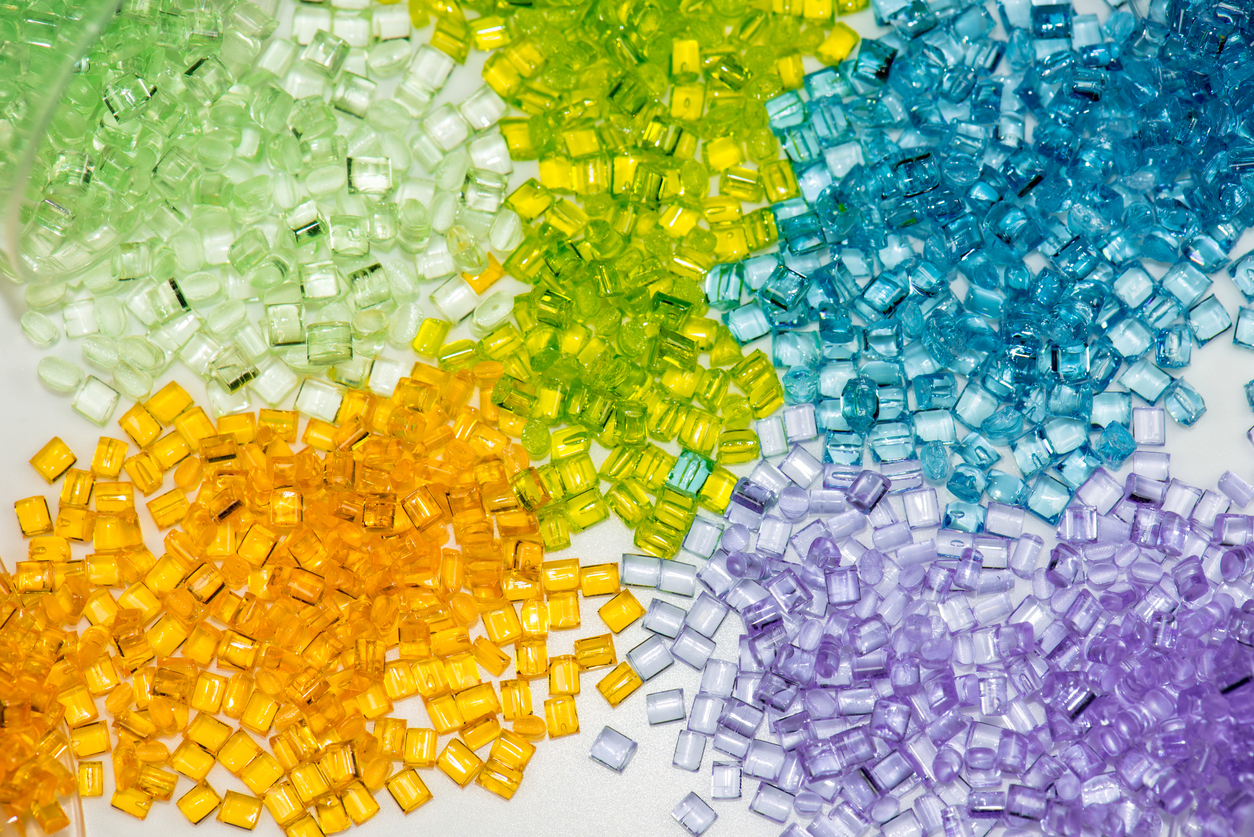 Adding a little ultrathin hexagonal boron nitride to ceramics could give them outstanding properties, according to new research.
Adding a little ultrathin hexagonal boron nitride to ceramics could give them outstanding properties, according to new research.
Rouzbeh Shahsavari, an assistant professor of civil and environmental engineering at Rice University, suggests the incorporation of ultrathin hBN sheets between layers of calcium-silicates would make an interesting bilayer crystal with multifunctional properties.
These could be suitable for construction and refractory materials and applications in the nuclear industry, oil and gas, aerospace, and other areas that require high-performance composites.
Combining the materials would make a ceramic that’s not only tough and durable but resistant to heat and radiation. By Shahsavari’s calculations, calcium-silicates with inserted layers of two-dimensional hBN could be hardened enough to serve as shielding in nuclear applications like power plants.


 Scientists have found a way to make their asphalt-based sorbents better at capturing carbon dioxide from gas wells: Adding water.
Scientists have found a way to make their asphalt-based sorbents better at capturing carbon dioxide from gas wells: Adding water. Researchers have traced the paths of three water channels in an ancient photosynthetic organism—a strain of cyanobacteria—to provide the first comprehensive, experimental study of how that organism uses and regulates water to create energy.
Researchers have traced the paths of three water channels in an ancient photosynthetic organism—a strain of cyanobacteria—to provide the first comprehensive, experimental study of how that organism uses and regulates water to create energy. Pillared graphene would transfer heat better if the theoretical material had a few asymmetric junctions that caused wrinkles, report engineers.
Pillared graphene would transfer heat better if the theoretical material had a few asymmetric junctions that caused wrinkles, report engineers. A reversible fabric keeps skin a comfortable temperature whatever the weather—and could save energy by keeping us away from the thermostat.
A reversible fabric keeps skin a comfortable temperature whatever the weather—and could save energy by keeping us away from the thermostat. A method to overcome the inherent trade-off between strength and flexibility in certain types of polymers gets inspiration from the tough, flexible polymeric byssal threads that marine mussels use to secure themselves to surfaces in the rugged intertidal zone.
A method to overcome the inherent trade-off between strength and flexibility in certain types of polymers gets inspiration from the tough, flexible polymeric byssal threads that marine mussels use to secure themselves to surfaces in the rugged intertidal zone. A new device has given scientists a nanoscale glimpse of crevice and pitting corrosion as it happens.
A new device has given scientists a nanoscale glimpse of crevice and pitting corrosion as it happens.